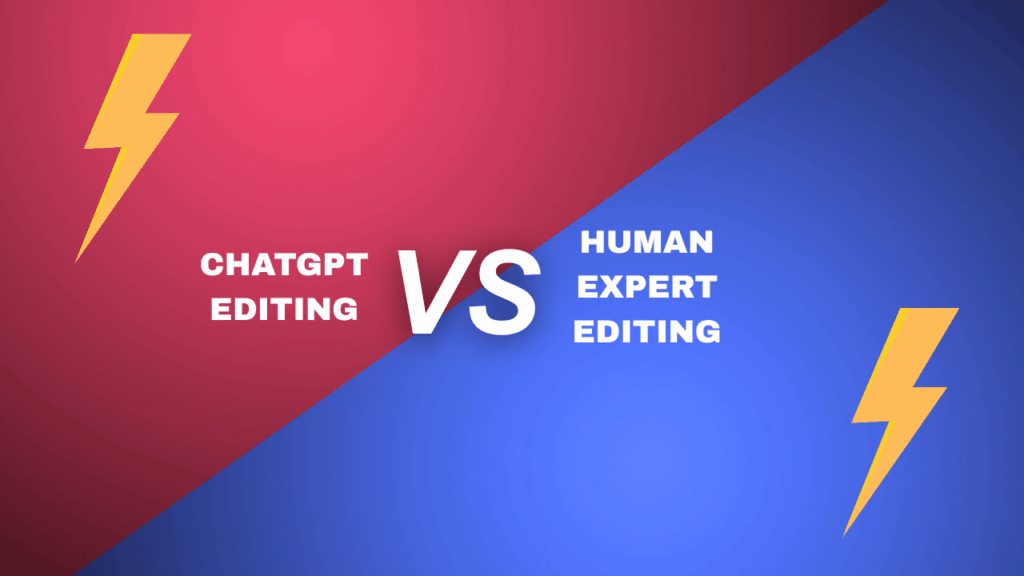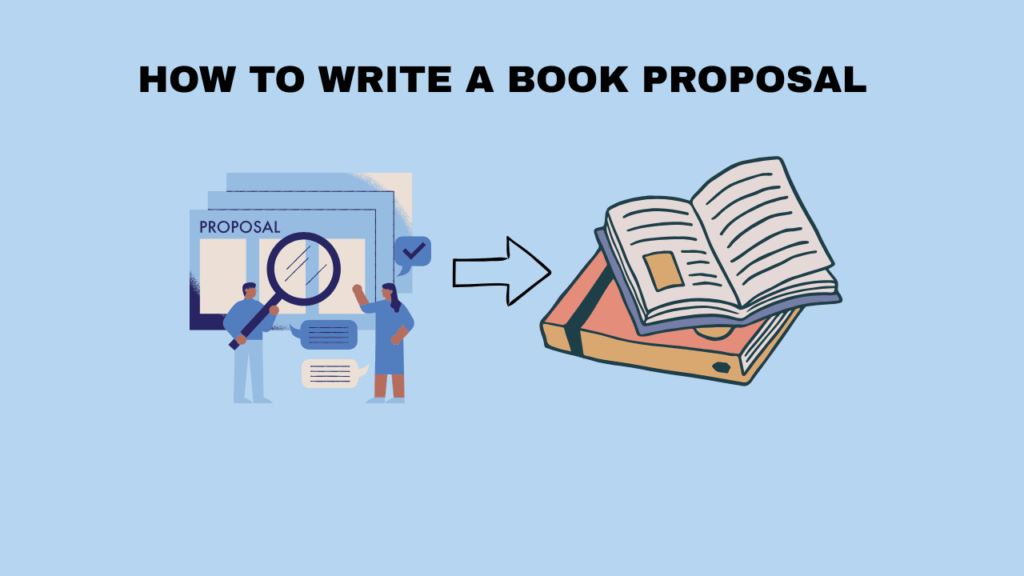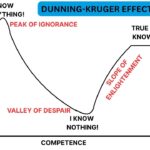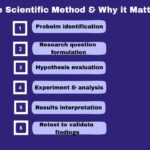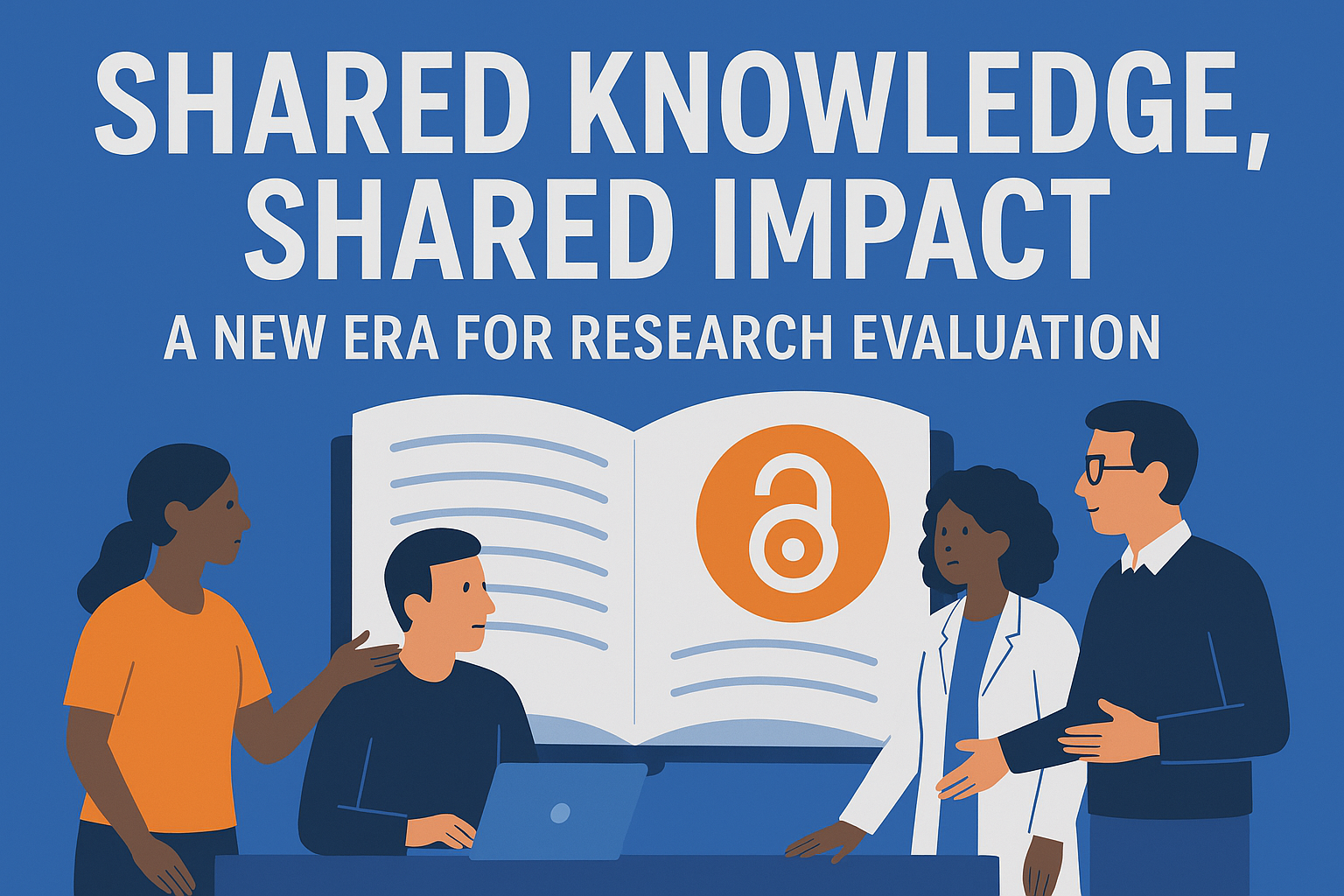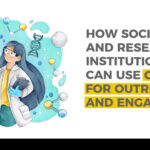From lab to narrative: Telling better stories in biomedical research

In 2012, when seven-year-old Emily Whitehead, who had acute lymphoblastic leukemia, was out of options after multiple rounds of chemotherapy failed, she and her family made the brave decision to try an experimental treatment: CAR-T cell therapy. She became the first child in the world to receive it. And against the odds, it worked. Her cancer went into remission. Her recovery gave hope to many and became a turning point, capturing the attention of the public, the media, and the pharmaceutical industry. Novartis even accelerated their investment in CAR-T research, leading to the development and eventual approval of the first CAR-T cell therapy. Something to note is that it wasn’t just the science that made headlines—it was Emily’s story. So, think about it: Why did this story stand out in a sea of clinical data? Because it had a face, a voice, and a story people could care about.
Why storytelling matters in biomedical science
Emily’s case is more than just a medical milestone—it’s a reminder of what happens when powerful science meets powerful storytelling. Biomedical research is fascinating, but let’s face it: it’s often dense, technical, and hard to follow for anyone outside the field. To a non-specialist, unfamiliar terms, complex methods, and layers of data can make it feel out of reach. But wrap that same research in a clear, compelling story, and suddenly it connects. People pay attention. They understand. They remember. And they’re more likely to care.
Storytelling helps bridge the gap between lab bench and real-world impact. It doesn’t mean oversimplifying or sacrificing rigor, rather structuring information in a way that connects. Studies have shown that people are significantly more likely to retain information when it’s conveyed through narrative rather than data alone. And in a field where public trust, funding, and policy decisions can hinge on understanding, that matters. In short, storytelling isn’t fluff, it’s function. For biomedical researchers working on life-saving therapies, it’s not just about what you discover, but how you help others see its value.
How biomedical researchers can use storytelling
So how do you actually do it—tell a story without losing the science? Let’s look at how to use storytelling in your research communication, with clarity, purpose, and impact.
1. Shape the story according to your target audience
Good storytelling isn’t one-size-fits-all. Like with all kinds of communication, even in research, who you’re speaking to and what you need from them should shape how you tell your story. Are you trying to raise awareness? Publish a paper? Attract funding? Influence policy? Each of those goals needs a different focus. Consider asking two simple questions: Who am I talking to? And What do I want them to understand or do? For instance, policymakers might care about cost savings and public impact while grant reviewers may want to see innovation and feasibility. The research is the same, what you highlight changes.
Example: If your research is about improving diagnostics for rare diseases to policymakers, it can be framed as “Delayed diagnosis costs the healthcare system millions each year — our tool could reduce that burden.” While to the public it can be framed as “Rare disease patients often wait years for answers. We’re working on a faster path to a diagnosis.”
2. Start with the “why”
Before jumping into the technical details of your method or findings, begin by framing the problem in a relatable way. Consider what’s at stake if this research doesn’t move forward. Why should anyone care? Think of it like how marketeers may pitch products. Instead of opening with code or market analysis, they often start with a pain point like “This is the problem, here’s how we’re solving it.” Research communication can also follow the same logic by framing your study as a response to a real, recognizable challenge or need.
Example: Instead of “We studied the antibacterial properties of a newly synthesized compound,” try “Every year, millions of people get infections that no longer respond to antibiotics. We’re testing a new material that could help stop bacteria that resist even our strongest drugs.”
3. Use a compelling narrative arc
A study isn’t just about methods and results; it’s a journey. And people understand journeys. Make sure you connect all the elements into a compelling arc. For instance, present your work as a story with a clear beginning, middle, and end, making it easier for others to follow, relate to, and remember. Think of it like this: you start with what’s known, ask a big question, take risks through your experiments, and return with new knowledge. It’s a scientific version of the classic story template, “The Hero’s Journey,” and it works because we’re wired to make sense of information this way.
Example: Instead of “This study evaluated the effect of different iron supplements on absorption rates,” try “Anemia affects 36% of pregnant women worldwide, and around 40% of those cases are caused by iron deficiency. We tested three types of iron supplements to identify which one improved absorption most effectively and found one that clearly stood out.”
4. Humanize the science
Research findings on their own often spark intellectual curiosity but can feel distant from their lived experiences. While a data point might inform, an emotional narrative can shift attitudes and even influence people to care about and act on information, especially when it highlights the human side of research. This means showing what’s at stake for people. It allows people to not just understand the facts but feel their significance, making health information more memorable and impactful. When used ethically, even a brief patient story, a caregiver’s quote, or a researcher’s personal motivation can help make the stakes real, the challenge relatable, and the solution valuable.
Example: Instead of “This study measured the effectiveness of a mobile diabetes app for glycemic control,” try “Managing diabetes can be overwhelming—constant tracking, meal planning, and stress. We tested a new app designed to ease that burden. One participant told us, ‘For the first time, I felt like I wasn’t doing it alone.’ The data showed real improvement, and the feedback told us why.”
Conclusion
As the Journal of Science Communication puts it, “The soul of science communication is about making people care.” That’s what good storytelling can do by making biomedical research more accessible and impactful. While a strong story can shine a light on your work, it should never distort it. Avoid exaggerating results, be transparent about limitations, and ground your story in what the data actually shows. When done well, storytelling isn’t just about communicating but, in a way, also translating complex concepts to a broader audience to help them see the value in your work.

